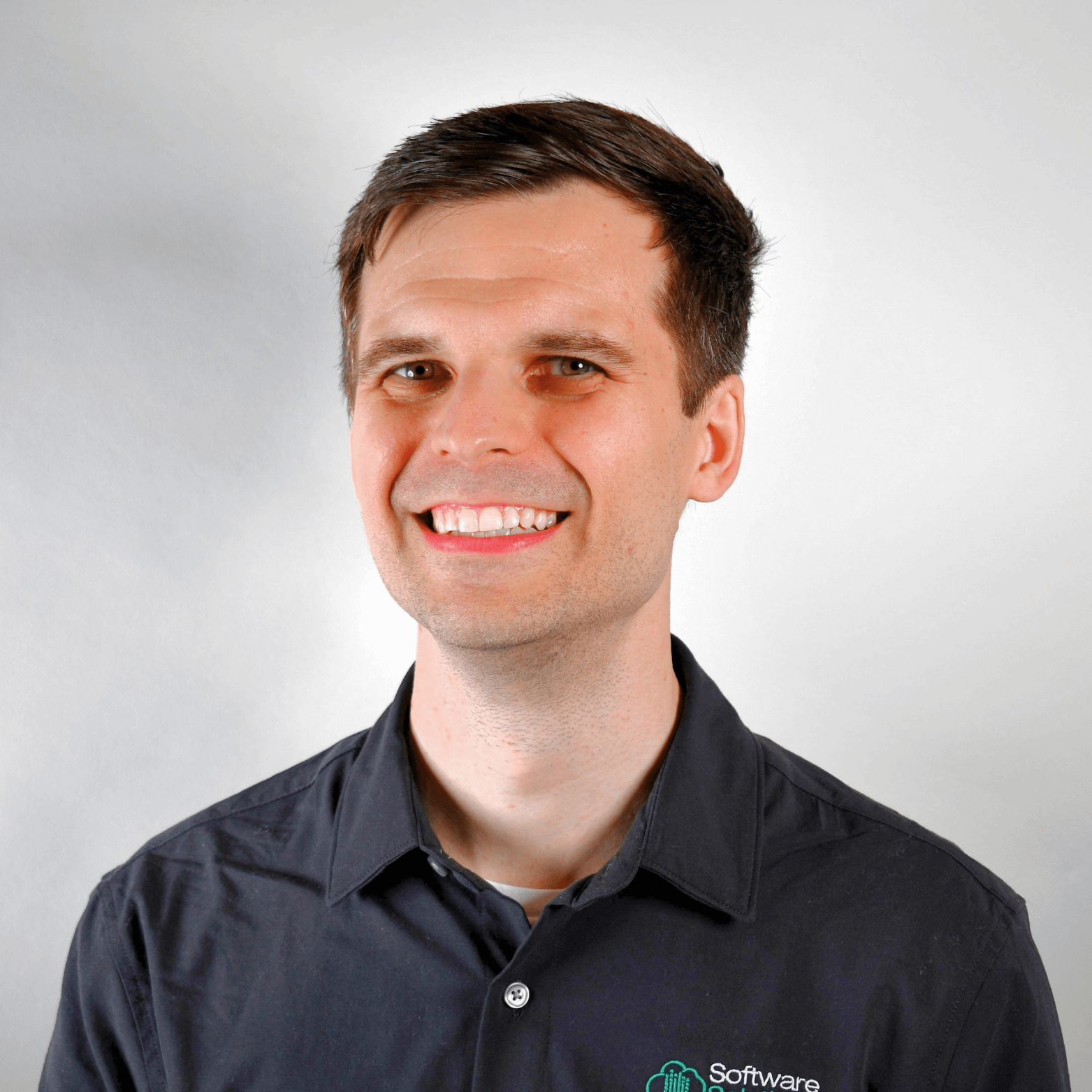How Local Governments Can Win Over Gen Z Talent

To attract and retain Gen Z talent, local governments must modernize their digital infrastructure—offering mobile-first tools, automation, and purpose-driven transparency—to meet the expectations of a generation that demands both impact and intuitive technology at work.
One-third of Gen Z workers expect their employers to provide modern digital tools to do their jobs effectively. The next generation of public sector talent isn’t coming with filing cabinets and fax machines. Gen Z—the first fully digital-native cohort—is stepping into the workforce with smartphones in hand and expectations sky-high. They’re not just looking for a paycheck. They want purpose, impact, and a workplace that runs as smoothly as their favorite app. For local governments hoping to win this talent, it’s time to modernize.
Digital Tools Aren’t Just Nice to Have—They’re the Baseline
Gen Z grew up cloud-connected and UX-conscious. That means your old legacy systems aren’t cutting it. This generation expects a government workplace to offer the same kind of seamless digital experience they use in their daily lives. We’re talking cloud-based ERP systems, intuitive dashboards, and automation tools that eliminate repetitive tasks.
Some cities are already showing what this can look like. In Los Angeles, city leaders swapped outdated HR and payroll systems for a cloud-based solution that supports mobile access and automates routine tasks. The upgrade wasn’t just about efficiency—it was part of a broader effort to create a more attractive, user-friendly environment for younger workers entering public service.
But acquisition is only half the battle. A shared calendar is useless if only half the office uses it. That’s where structured rollouts, clear expectations, and tech-savvy internal champions come in. And if your systems aren’t quite there yet, be transparent. Gen Z values honesty—and many will jump at the chance to help build something better.
Automation Sends a Clear Signal
Automation might be a buzzword, but for Gen Z, it signals something deeper: respect for their time. Tools like applicant tracking systems and streamlined digital onboarding aren’t just efficient—they show that the organization cares about enabling staff to focus on meaningful work.
In Colorado, a statewide push to modernize government technology led to improvements like automation of onboarding processes, cloud-based operations, and expanded digital services. The goal wasn’t simply better infrastructure, but creating a work environment aligned with the digital fluency and expectations of newer generations.
With 70% of Gen Z employees willing to leave their jobs for better technology, investing in modern tools is now a retention strategy as much as an operational one.
Purpose + Tech = Gen Z’s Ideal Job Formula
Public service already holds an advantage: It’s purpose-driven. But Gen Z needs help seeing how that mission connects to their tasks. That means showing—not telling—the impact.
Use digital platforms and storytelling to showcase community wins. A city’s sustainability milestone. A successful grant project. Real stories, told authentically, resonate with younger workers more than any polished mission statement.
Make sure this messaging is accessible, mobile-friendly, and jargon-free. Invite departments to share their own highlights regularly. When transparency and storytelling meet, engagement follows.


Gen Z—the first fully digital-native cohort—is stepping into the workforce with smartphones in hand and expectations sky-high.
RICH SYPECK
Cultural Resistance? Flip the Narrative
Digital change doesn’t always come easy in government. Rather than framing transformation as disruption, position it as co-creation. You’re not tearing down tradition. You’re future-proofing a mission.
Get feedback early. Offer hands-on training. Celebrate quick wins. Highlight examples from peer agencies who’ve made similar strides. And if the transition feels heavy, bring in consultants or project leads to keep momentum going and stress down.
Empathy is key. Change takes time, but with inclusive planning and consistent communication, resistance can turn into readiness.
So, What Does a Next-Gen Ready Government Office Look Like?
It’s flexible. It’s digital. It’s a place where people feel supported and empowered. Start with mobile-first tools, automated workflows, and collaborative software that connects everyone, everywhere.
Then, build the culture around growth: mentorship, clear career paths, and leaders who actually listen. Make space for questions, creativity, and a little joy along the way (donuts in the break room never hurt).
From Tactical to Transformational
Local governments don’t have to choose between legacy and innovation. By investing in the right tools, elevating their mission, and embracing feedback-driven change, they can offer the kind of environment where Gen Z not only wants to work—but thrives.
Because Gen Z isn’t afraid of hard work. They just expect their tools—and their employers—to work as hard as they do.
Key Takeaways:
- Gen Z expects modern, mobile-first digital tools in the workplace, making legacy systems a liability for local governments hoping to attract and retain next-gen talent.
- Automation and cloud-based technology signal respect for employees’ time, demonstrating that the organization prioritizes efficiency and meaningful work.
- Purpose-driven missions must be made tangible and relatable, with storytelling and transparency that clearly connect individual roles to real community impact.
- Successful modernization requires cultural change, emphasizing co-creation, empathy, and growth-oriented environments that support collaboration, feedback, and flexibility.
Want new articles before they get published? Subscribe to our Awesome Newsletter.